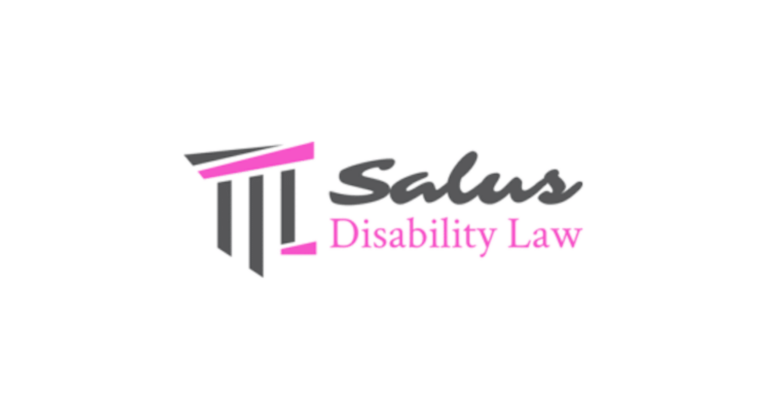Did you know that you can receive Social Security Benefits (SSDI) or Supplemental Security Income (SSI) even if you are working? Read on for more information about SSDI and SSI from the experts at Salus Disability Law.
If you suffer from severe mental or physical impairments that prevent you from working full-time or earning more than $1350 gross income each month, you may be eligible for SSDI or SSI. The amount of $1350 is called Substantial Gainful Activity or SGA.
The best place to start is understanding the difference between SSDI and SSI. SSDI is a program that is based on your earnings record. This program requires that you have a work history where you paid FICA taxes and that you’ve worked five out of the last ten years. For SSDI, your monthly benefits are based on your earnings history and the average benefit amount is typically between $800 and $1800 per month. Individuals who are eligible for SSDI typically receive Medicare for insurance.
SSI is a needs-based program with a maximum benefit amount of $841 per month. This program is not based on your earnings record and is for individuals with minimal work background or without recent work. This program comes with a number of restrictions. If you receive SSI, you cannot have more than $2000 in resources, the only exemptions are the house you live in and one car. If you receive free housing, your benefits will be reduced by 1/3 and if you receive income of any kind, it reduces the amount of money you receive each month.
For both programs, you can work and earn up to $1350 gross income per month without putting your eligibility at risk. The key difference is that if you receive SSI benefits, your income will reduce the amount of SSI you receive. The formula SSA uses is a bit complicated, but generally a good estimate is that for every $2 you earn, you will see a $1 reduction in benefits.
SSDI does not reduce your benefits for working below SGA. This program has a number of programs that encourage individuals to work and aid in the process of returning to work. The first major program is the Trial Work Period. The Trial Work Period is a nine-month period of time after you are qualified for SSDI where you can work and earn any amount of money (even above $1350) and still keep your benefits. This process exists so you can test the waters to see if you can find employment and keep employment above SGA.
After you use your Trial Work Period, Social Security does not immediately cut-off your benefits for good. SSDI recipients can also take advantage of the Extended Period of Eligibility. This is a 36-month period where you are not terminated from benefits if you work too much, but simply suspended and reinstated as soon as your earnings fall below SGA.
Here’s an example:
Ben receives SSDI benefits. He has been working as a cashier at Macy’s for ten months. It has been going pretty well, but Ben isn’t sure if he can consistently earn above SGA. Ben’s tenth month at Macy’s is during December and the store is dealing with lots of shoppers and they need Ben to work more hours. He ends up making $2000 this month. What happens?
Ben’s tenth month of work is considered part of his extended period of eligibility. Because he earned over SGA, his SSDI will be suspended that month. In January, Macy’s has less customers and Ben only earns $1000, so his SSDI is reinstated. This period last for 36 consecutive months, where Ben’s eligibility can vary based on his earnings.
Another great program is the Ticket to Work Program. This a program run by Social Security where individuals who are considering a return to work can get a Ticket and attach to a qualified employer. This will allow a number of benefits, including the use of certain bank accounts that allow SSI recipients to save extra money above $2000, the ability to earn money without getting benefit deductions, and the ability prevent a medical review while you try working.
The process of applying for SSDI or SSI can take about two years and many people are forced to return to work. Don’t withdraw or claim or give up on your appeal. If you work and it lasts six months or less, SSA can count this as an unsuccessful work attempt. An unsuccessful work attempt occurs when an individual works above SGA for a period of time up to six months, but either reduces their hours to fall below SGA or stops working due to their medical impairments. This includes situations where you quit because of your conditions or are fired because of your conditions.
You may require accommodations in order to work, and this can reduce the value of your earnings. This means that you may be paid $1400, but the value of your work is $1200, so you haven’t earned SGA. Or your earnings may be $1400, but you pay $100 extra per month in transportation costs because your condition prevents you from taking cheaper transportation. You can deduct the $100 as an impairment-related work expense and stay below SGA. The last option is sheltered employment which is employment programs for individuals with disabilities that involve extensive training. This work can often be excluded from SGA.
Guest blog post courtesy of Maren Miller Bam, Salus Disability Law






